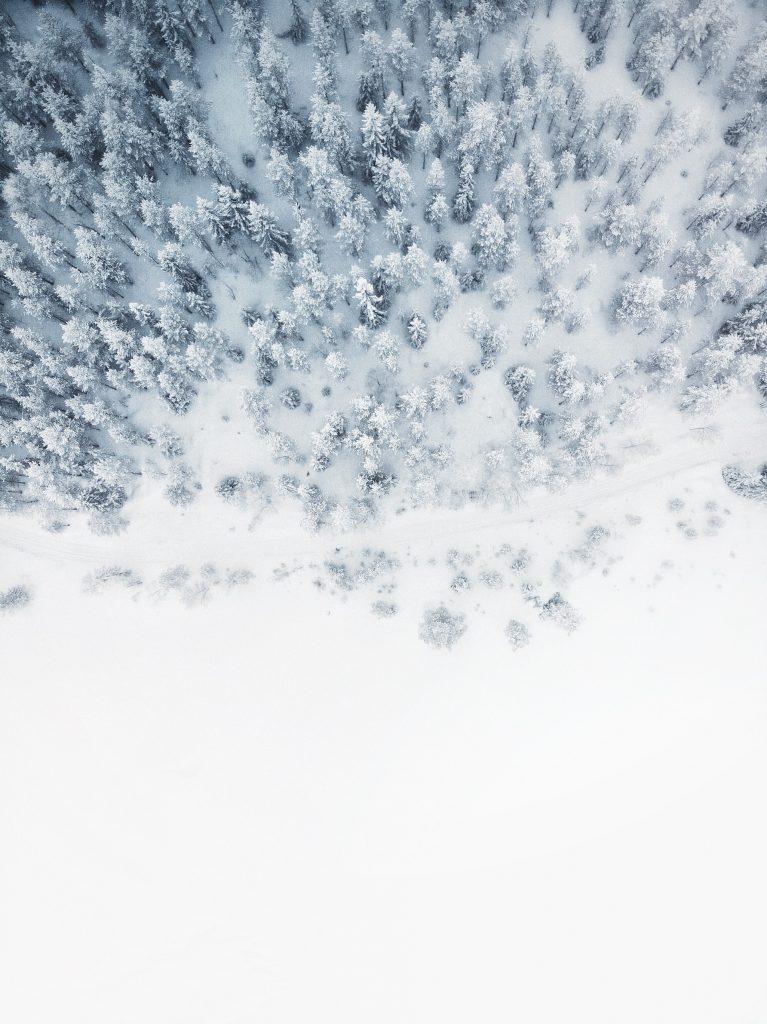
Capturing the Silent Symphony: A Guide to Photography in Snow
Winter transforms the world into a serene and magical landscape, where the soft blanket of snow covers everything in a pristine white. For photographers, this season offers a unique canvas filled with opportunities to capture the beauty and tranquility that comes with snowfall. In this blog post, we’ll explore the art of photography in snow, unveiling tips, techniques, and the nuances of capturing the silent symphony of winter through your lens.

- Mastering Exposure in a Winter Wonderland:
Snow reflects a significant amount of light, and capturing the right exposure can be challenging. Avoid overexposure by adjusting your camera settings, such as reducing the exposure compensation or using manual mode. Pay attention to the histogram to ensure a well-balanced exposure. - White Balance for Winter:
Snow can sometimes appear blue or gray in photographs due to the cool color temperature. Adjust the white balance settings to counteract this effect and bring out the natural, pristine whiteness of the snow. Experiment with different white balance settings to find the one that best suits the mood of your winter scenes. - Embrace Soft, Diffused Light:
Winter days often bring soft, diffused light, creating a dreamy and ethereal atmosphere. Embrace these lighting conditions for your snow photography, as they minimize harsh shadows and enhance the subtle textures of the snow-covered landscape. Overcast days can be particularly advantageous for capturing the quiet beauty of winter scenes. - Contrast and Composition:
Leverage the contrast between the white snow and the darker elements in your composition. Include visually interesting elements like evergreen trees, frozen lakes, or architectural structures to create dynamic and captivating scenes. Experiment with leading lines and framing techniques to guide the viewer’s gaze through the winter landscape. - Winter Wildlife Photography:
Winter is a unique time for wildlife photography, as animals adapt to the snowy environment. Patience is key when capturing shots of winter wildlife. Look for tracks, trails, or signs of activity, and position yourself strategically to capture the animals in their natural habitat. Utilize long lenses to maintain a respectful distance. - Close-Ups of Snowflakes:
Macro photography offers a mesmerizing glimpse into the intricate world of snowflakes. Capture the delicate details by using a macro lens and a steady hand. Experiment with different angles and lighting conditions to showcase the individual beauty of each snowflake. - Freeze the Motion:
Experiment with fast shutter speeds to freeze the motion of falling snowflakes or the activities taking place in the winter scene. Fast shutter speeds also help capture crisp, detailed images of snow-covered landscapes without any motion blur. - Long Exposures for Nighttime Winter Scenes:
Winter nights can be just as enchanting as the days. Experiment with long exposures to capture the stillness and beauty of snowy landscapes under moonlight or starlight. Use a sturdy tripod to avoid camera shake during longer exposures. - Protecting Your Gear:
Winter conditions can be harsh on your camera equipment. Be mindful of temperature changes, and use protective gear like camera sleeves or rain covers to shield your camera from snow and moisture. Keep spare batteries warm, as cold temperatures can affect their performance. - Editing with a Gentle Touch:
During post-processing, enhance the beauty of your winter photographs with a gentle touch. Adjust the exposure, contrast, and sharpness to bring out the details without compromising the serene and natural feel of the scenes. Consider experimenting with subtle color grading to add a touch of warmth to your images.







Photographing in snow invites you to capture the serene beauty and tranquility of winter landscapes. Armed with the right techniques and a keen appreciation for the unique qualities of snow, your camera becomes a tool to freeze the silent symphony that unfolds under the pristine blanket of winter. So, bundle up, grab your camera, and step into the enchanting world of winter photography, where every frame tells a story of the quiet magnificence that only snow can bring.




